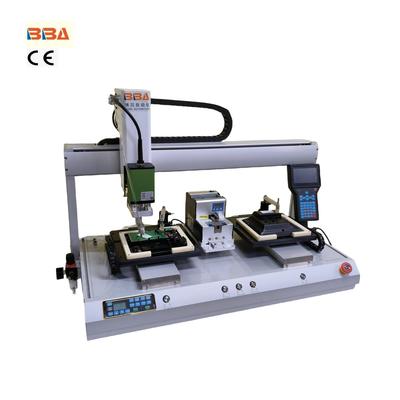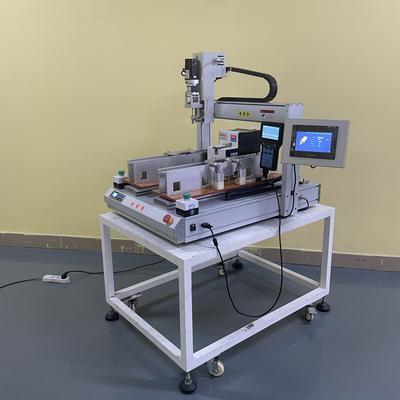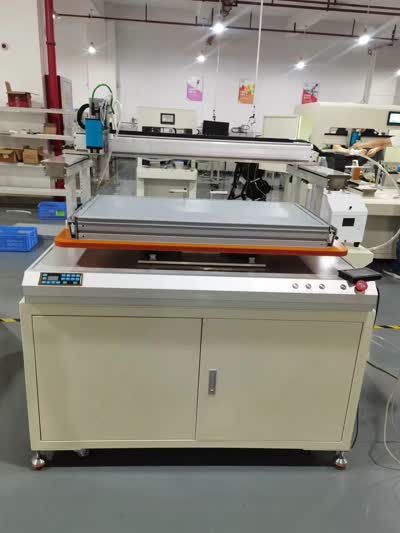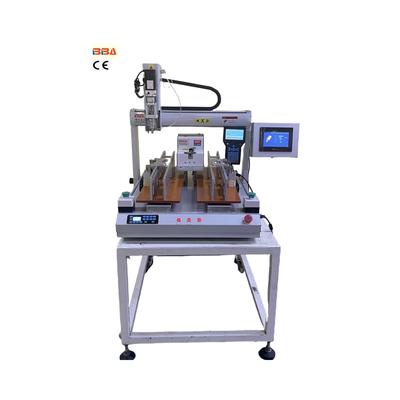Multi-Axis Torque Control Optimization | Precision Machining Guide

Precise torque control lies at the heart of efficient multi-axis machining operations. As production environments increasingly adopt complex automated systems, mastering torque configuration becomes essential for maintaining quality, protecting equipment, and maximizing throughput. This article explores fundamental considerations and methodologies for optimizing torque settings across multi-axis platforms.
Multi-axis machines present unique torque management challenges distinct from single-axis setups. The simultaneous movement across rotational and linear axes creates dynamic mechanical interactions where forces compound unpredictably. Sudden load changes during coordinated motion can induce vibrational harmonics or inertial resistance that strain individual axes. Computing mechanical advantage becomes exponentially complex when accounting for tool weight distribution, gravitational effects in rotary configurations, and fluctuating friction coefficients across workpieces. These variables create scenarios where uniform torque thresholds prove ineffective across all axes.
Successful configuration begins with establishing baseline requirements. Initiate by documenting rated torque specifications for each axis motor, factoring in manufacturer guidelines, gear ratios, and drive train efficiencies. During warm-up cycles, record baseline load telemetry during idle movement and unloaded operation – these metrics establish critical reference points. Incorporate application-specific variables like maximum tool payload, workpiece density, and attachment specifications to model potential stress conditions.
Calibration requires systematic procedures tailored to each axis:
- Isolate axes individually for preliminary tune-up, establishing stall torque limits at critical waypoints
- Gradually integrate axes, beginning with simple path trajectories before introducing complex interpolated movements
- Implement positional torque mapping, correlating angular displacement to load expectations
- Set adaptive thresholds incorporating thermal scaling coefficients to compensate for motor temperature drift
Integrate dynamic control functions beyond basic limit triggers. Implement predictive algorithms that continuously analyze real-time servo current signatures against historical performance data, enabling micro-adjustments before anomalies manifest. Configure dynamic response profiles where torque thresholds automatically adapt based on speed profiles – particularly crucial during acceleration ramps and spindle engagement phases. Embed adjustable tolerance banding logic that temporarily expands permissible torque fluctuations during known high-stress operations like heavy material removal.
Consistent optimization demands regular verification. Schedule thermal validation sweeps under production-simulated conditions to monitor system behavior throughout duty cycles. Utilize high-resolution servo monitoring tools to track torque consistency with sensitivity sufficient to detect minor anomalies - shifts as subtle as 3% can indicate developing mechanical issues. Crucially, establish tiered alarm responses: soft warnings temporarily reduce feed rates, moderate thresholds trigger operator notifications for inspection, while critical limits implement controlled emergency stops. Back these with contextual event logging that preserves axis alignment data and tool positions during incidents.
Mastering torque settings in multi-axis configurations transforms operational capabilities. Optimized parameters minimize unexpected stoppages, extend equipment lifespan through controlled mechanical stress, and maintain precise finishing quality despite complex part geometries. While the roadmap requires meticulous calibration, the resulting harmony between precision tool dynamics and managed power delivery unlocks superior productivity. Ultimately, torque configuration represents not merely a technical parameter adjustment, but a fundamental synchronization of mechanics, electronics, and production intelligence.
| Product Name | Applicable industries |
| Screw Locking Robot | Medical Device Manufacturing |


